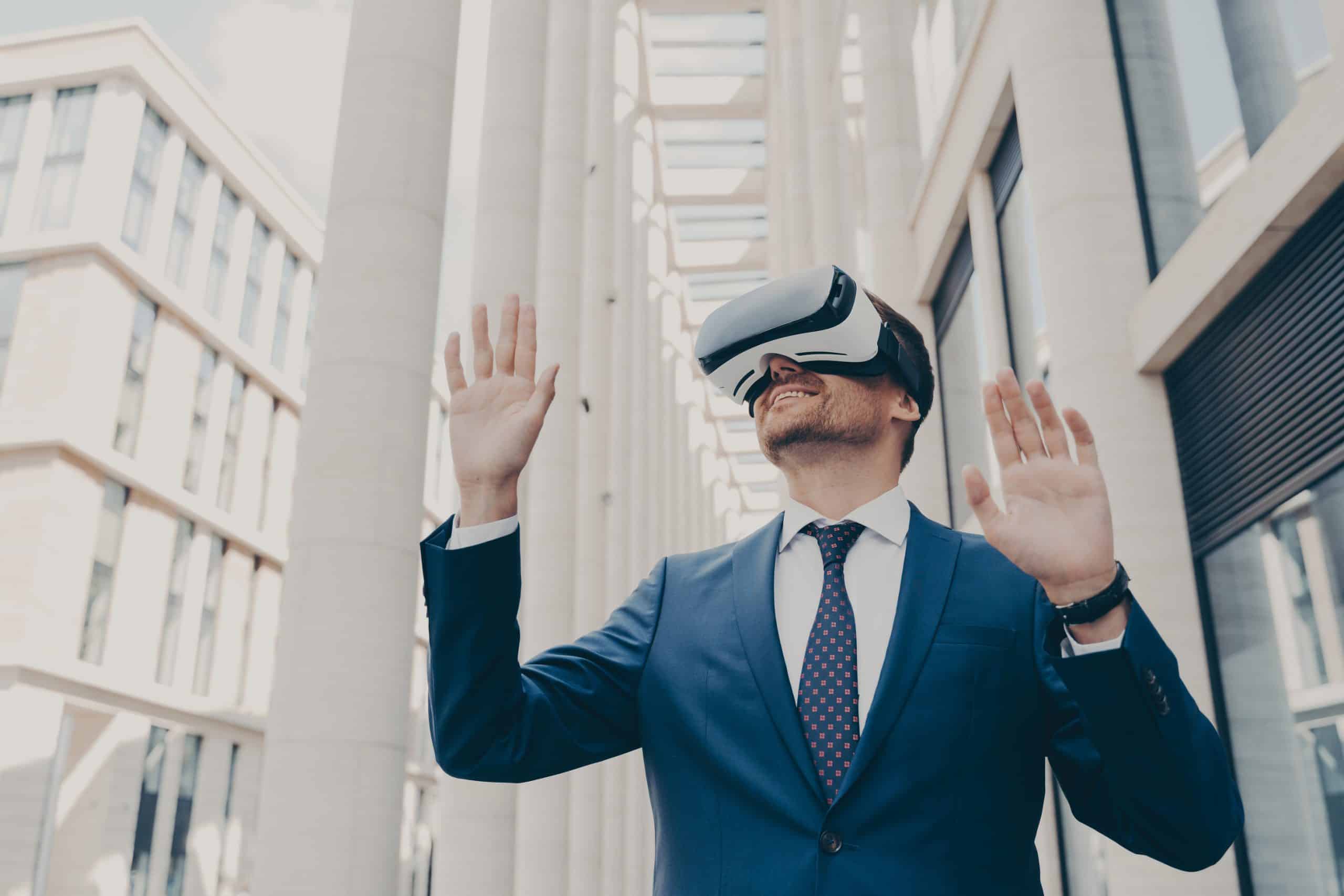How Can UK Businesses Use Augmented Reality in Advertising?

You might have experienced the thrill of catching creatures in the popular app, Pokémon Go, or used Instagram filters to add an amusing or glamorous touch to your selfies. But, have you ever wondered how these applications create such real-life experiences using your smartphones? The answer lies in a technology known as Augmented Reality (AR). This technology enhances the real world around you with digital details such as images, animations, and more.
In the world of marketing and advertising, augmented reality is paving the way to the future, providing businesses with innovative methods to reach, engage, and convert customers. This article will delve into how UK businesses can leverage augmented reality in their marketing campaigns to create immersive experiences, improve customer engagement, and drive sales.
Dans le meme genre : What Are the Best Practices for Personalizing Marketing Emails in the UK?
Discovering Augmented Reality in Advertising
Augmented reality (AR) is a technology that overlays digital information - be it images, 3D models, videos, or sound on the real world, thus altering the perception of reality. The use of AR in advertising opens up a new avenue for businesses to create engaging and interactive experiences for their customers.
Advertising with AR allows businesses to bring their products to life, offering the customers a chance to virtually try before buying, which could significantly improve customer satisfaction and sales. The integration of AR technology in advertising provides businesses an opportunity to transform the way they present their products, creating a significant impact on the buyer's purchasing decision.
A découvrir également : What Are the Top Influencer Marketing Strategies for UK Fashion Brands?
Benefits of Augmented Reality for Businesses
Augmented Reality offers a plethora of benefits for businesses in their marketing and advertising efforts. The interactive nature of AR campaigns allows customers to engage more deeply with products, increasing the likelihood of them making a purchase.
AR-powered apps can enable customers to virtually try on clothes, preview furniture in their homes, or explore a car model in 3D, which adds value to their shopping experience. Such rich, immersive experiences can be a game-changer for businesses by reducing the gap between online and in-store shopping experiences, thus helping them stand out in the crowded marketplace.
Moreover, AR allows brands to provide enhanced user experiences, which in turn helps in building strong brand reputation and loyalty. It also offers businesses the opportunity to collect valuable data about their customers’ preferences and behaviours, which can be utilised to refine marketing strategies.
Incorporating Augmented Reality in Marketing Campaigns
As a business, if you are contemplating harnessing the power of AR, here’s how you can incorporate it into your marketing campaigns to create compelling user experiences.
Firstly, consider launching an AR-powered app. This can offer your customers an immersive way to interact with your products or services. For instance, a furniture retailer might create an app that lets customers visualise how different pieces would look in their homes.
Secondly, AR can be used to create interactive print advertisements. By scanning an image or a QR code with their smartphone, users can unlock additional content such as videos, 3D models, or links to your website. This not only makes your print campaigns more engaging but also bridges the gap between offline and online marketing.
Lastly, consider using AR in outdoor advertising. For instance, billboards can be transformed with AR to create engaging and interactive displays that catch the eye and draw users in.
The Future of Augmented Reality in Advertising
The future of advertising lies in the hands of AR. The advancements in this technology and its growing accessibility suggest its potential to revolutionise the advertising industry. Brands will have to adapt to this shift and those that do will be rewarded with increased customer engagement and loyalty.
In the future, we might see personalised AR advertisements tailored to individual customer's needs and preferences. This will not only increase the effectiveness of advertising campaigns but also provide a unique, personalised experience to each customer.
As technology continues to advance, AR will likely become a standard part of the customer journey, from product discovery to post-purchase interactions. By embracing AR now, businesses can stay ahead of the curve and secure a competitive edge in the marketplace.
In conclusion, augmented reality offers UK businesses a powerful tool to innovate their advertising strategies. Businesses that leverage AR can create rich, immersive experiences that engage customers on a deeper level, ultimately driving sales and growth. So, are you ready to step into the future of advertising with augmented reality?
Expanding Reach with AR Social Media Campaigns
Social media is a powerful platform for businesses to connect with their target audience. The integration of augmented reality in social media platforms has opened avenues for businesses to engage with customers in innovative and interactive ways.
Platforms like Instagram and Snapchat offer AR filters that businesses can customise to promote their products or services. For instance, a cosmetic brand can create a filter that allows customers to try on different shades of lipstick or eyeshadow, providing a virtual reality experience in real time. On the other hand, a car brand could create a filter that lets users explore the interior and exterior of their latest model in 3D, enhancing the customer's understanding of the product.
Additionally, AR in social media can be leveraged to create interactive contests or challenges to boost customer engagement. For instance, businesses can create AR-based games or scavenger hunts that encourage users to interact with their brand, thereby increasing brand visibility and customer engagement.
Remember, the key to a successful AR social media campaign is to provide an experience that is not only engaging but also adds value to the customer.
Improving Customer Experience with AR Customer Service
Customer service can make or break a business. With augmented reality technology, businesses can revolutionise their customer service, thus enhancing the customer experience and fostering loyalty.
AR can be utilised to provide real-time assistance to customers. For example, a tech company can use AR to guide customers through a product setup or troubleshooting process, reducing the need for in-person assistance and providing instant support. Similarly, a fashion retailer can use AR to offer virtual fitting rooms, allowing customers to try on clothes from the comfort of their home, thereby saving their time and improving their shopping experience.
Remember, a satisfied customer is more likely to become a loyal customer and recommend your business to others.
Conclusion: Augmented Reality - The Future of Advertising and Marketing
In the ever-evolving landscape of digital marketing, augmented reality has emerged as a game-changer. The ability of AR to blend the digital and physical world offers UK businesses an innovative way to engage with customers, improve their experience, and influence their purchasing decision.
By integrating AR in their advertising and marketing campaigns, businesses can create immersive experiences that captivate customers and set their brand apart from the competition. Furthermore, the use of AR provides businesses with valuable insights into customer behaviour, enabling them to refine their marketing strategy and deliver personalised experiences.
And while AR is still a relatively new field, its potential is vast. As technology advances, we can expect to see even more creative and impactful uses of AR in advertising.
So, as we move forward in this digital age, it's time for businesses to embrace augmented reality and harness its potential to shape the future of advertising. After all, the future is here, and it's augmented.
